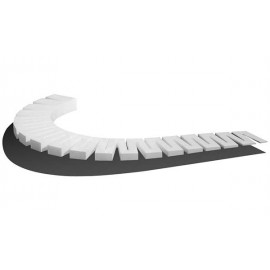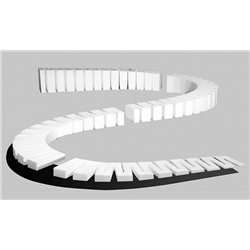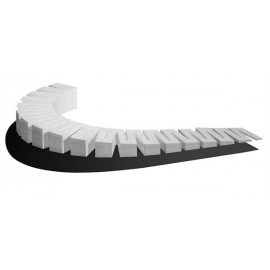There are a number of different options for attaching figures such as a horse and rider to a layout. Perhaps the...
No products
Product successfully added to your shopping cart
There are 0 items in your cart. There is 1 item in your cart.
Search Tips
What is meant by the term 'Banker Engine' and where would they be used ?
The term 'Banker Engine' refers to a locomotive that assists in pushing or pulling trains up steep gradients or inclines. These gradients are commonly referred to as "banks" in British railway terminology. Banker engines are utilized to provide additional power and traction to overcome the increased resistance faced by trains when ascending such inclines.
Banker engines are typically positioned at the rear or front of a train, depending on the specific railway layout and operational requirements. They work in conjunction with the primary locomotive, either by pushing the train from behind or by pulling it from the front. By doing so, the banker engine helps to maintain the necessary speed and prevent the train from stalling or losing momentum on the uphill sections of the track.
The use of banker engines is particularly prevalent in areas with challenging topography, such as hilly or mountainous regions. They play a crucial role in ensuring the efficient and reliable movement of trains, especially when dealing with heavy loads or long trains that would otherwise struggle to ascend steep gradients under their own power.
They are also known as helper engines and pusher engines in the USA and Canada.
Click here to receive the tips weekly in your mailbox. You can unsubscribe at any time.










